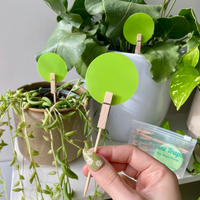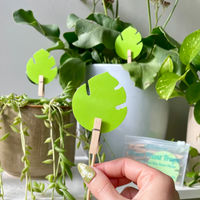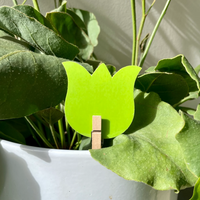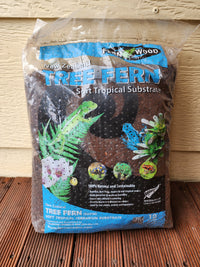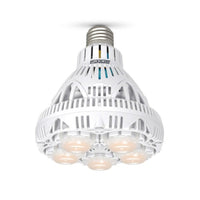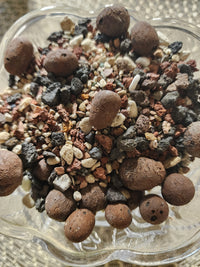Choosing an indoor grow light in Australia can transform your home garden into a lush oasis by replicating natural sunlight and boosting plant health. Many enthusiasts struggle with confusing wattages, spectra and placement—and end up with spindly or underperforming plants. In this friendly guide, you’ll discover what grow lights do, compare LED, fluorescent and specialty options, match lights to plant types and spaces, explore Leaf of Faith’s top picks, and learn easy setup and maintenance steps for thriving indoor greenery.
What Are Indoor Grow Lights and Why Are They Essential for Australian Indoor Plants?
Indoor grow lights are artificial lighting systems designed to replicate sunlight’s energy to fuel photosynthesis and healthy growth in indoor environments. Because Australian homes often lack consistent natural light, these fixtures ensure plants receive the wavelengths and intensity they need—preventing leggy stems and poor flowering.
How Do Indoor Grow Lights Support Photosynthesis and Plant Growth?
Indoor grow lights convert electrical energy into photosynthetically active radiation (PAR) that plants absorb to produce sugars and oxygen. By providing consistent light intensity, they accelerate leaf development and root health—for example, herbs under LED bars grow up to 30% faster than under ambient windows.
The Science of Photosynthesis
Photosynthesis is the process by which plants convert light energy into chemical energy in the form of sugars. This process is crucial for plant growth and development, with different wavelengths of light playing specific roles in various stages of plant life, such as stem elongation and flowering.
Which Light Spectrum Wavelengths Are Best for Different Plant Growth Stages?
Blue (400–500 nm) promotes compact foliage and strong stems in seedlings.
- Red (600–700 nm) triggers flowering, fruiting and bud set.
- Far-red (700–750 nm) enhances stem elongation during bloom.
- UV (300–400 nm) boosts protective compounds and resin in flowering herbs.
These spectral bands work together to simulate day-length cues and encourage robust development.
Why Are Full-Spectrum LED Grow Lights Recommended for Indoor Gardens?
Full-spectrum LED grow lights emit a balanced range of blue, green, red and far-red wavelengths that mimic natural sunlight, support all growth stages and deliver high energy efficiency. For instance, a 100 W full-spectrum LED can replace a 250 W metal halide lamp while producing less heat and extending bulb life by a significant margin.
What Types of Indoor Grow Lights Are Available in Australia?
Here’s a comparison of common grow light options suited to Australian indoor growers:
| Product Type | Feature | Benefit |
|---|---|---|
| LED Grow Lights | Dimmable full spectrum | Energy-efficient, low heat, long life |
| Fluorescent Tubes | T5/T8 lamps | Affordable, gentle on seedlings |
| HID Lamps | Metal halide/HPS | High output for large flowering setups |
What Makes LED Grow Lights the Energy-Efficient Choice?

LED grow lights use semiconductor diodes to produce targeted wavelengths, consuming considerably less electricity than traditional lamps. Their low heat emission allows fixtures to be placed closer to plants—accelerating growth without risk of burns.
LED Grow Light Efficiency
LED grow lights are known for their energy efficiency, using significantly less electricity compared to traditional lighting systems. This efficiency translates to lower energy bills and reduced heat output, making them a practical choice for indoor gardening.
When Should You Consider Fluorescent or HID Grow Lights?
Fluorescent tubes are ideal for delicate seedlings and small herb clusters because of their gentle output and accessible price point. High-intensity discharge (HID) lamps like metal halide excel in large setups that require intense light for dense flowering, despite higher energy use and heat.
What Are Specialty Grow Lights and How Do They Fit Indoor Setups?
Specialty lights—such as clip-on spotlights, LED bars and plant halo rings—offer targeted coverage for compact arrangements, terrariums or accenting individual plants. Their flexible mounting and slim profiles suit shelves, cabinets and tight corners.
How Do You Choose the Right Grow Light for Your Plants and Indoor Space?
Here’s how to match light types to common indoor plants:
| Plant Type | Recommended Light | Example Model |
|---|---|---|
| Seedlings | Fluorescent T5 | Leaf of Faith Seedling Kit |
| Herbs & Greens | Full spectrum LED, moderate intensity | Model Flora30 |
| Succulents | Bright white LED, moderate intensity | Model CactoBright |
| Flowering | Red/blue adjustable LED | BloomPro 200 |
What Grow Light Wattage and Intensity Are Optimal for Indoor Plants?
Wattage measures power use; lumens gauge brightness; PAR and PPFD quantify usable light for photosynthesis. As a general guide:
- Seedlings: Moderate light intensity
- Leafy greens: Moderate to high light intensity
- Flowering plants: High light intensity
Matching intensity to plant type ensures balanced growth without wasted energy.
How Far Should Grow Lights Be Placed from Plants for Best Results?
Optimal distances vary by light type:
- Fluorescent: 5–15 cm above foliage
- LED (moderate intensity): 20–30 cm
- HID: 45–60 cm
Proper spacing prevents light burn while delivering sufficient intensity to drive photosynthesis.
What Are Leaf of Faith’s Top Indoor Grow Light Picks for Australian Homes?
Which LED Grow Light Models Offer the Best Value and Performance?
- Flora30: Moderate wattage full spectrum panel, dimmable, ideal for herbs
- BloomPro 200: Higher wattage adjustable spectrum, built-in timer for flowering stages
- CactoBright: Moderate wattage cool white bar, perfect for succulents and small racks
Each model combines high PAR output with low power draw to support thriving indoor gardens.
How Do These Grow Lights Support Different Plant Growth Stages?
Flora30’s blue-rich output encourages strong early vegetative growth, while BloomPro 200’s red-enhanced mode accelerates bud set and bloom. CactoBright’s steady white spectrum fosters compact, healthy succulent form.
How Do You Set Up and Maintain Your Indoor Grow Light System?
What Are the Best Practices for Installing Indoor Grow Lights?
- Secure fixtures above the plant canopy with adjustable hangers.
- Program timers for 12–18 hours of daily light depending on growth stage.
- Ensure adequate ventilation to dissipate residual heat.
These steps create a stable environment that mirrors natural day-night cycles.
How Can You Maintain Grow Lights for Longevity and Efficiency?
Clean lenses and reflectors regularly to maximise light output, inspect components for wear, and adjust settings as plants mature. Our products are designed for reliable performance and ease of use, ensuring your indoor garden thrives.
Leaf of Faith’s expert guidance ensures you select, install and maintain the perfect indoor grow light system to foster vigorous growth and vibrant blooms. Explore our full range of indoor grow lights at leafoffaithsa.com.au and watch your indoor garden flourish.
Shop Leaf of Faith’s indoor grow lights today and give your plants the light they need to thrive.


